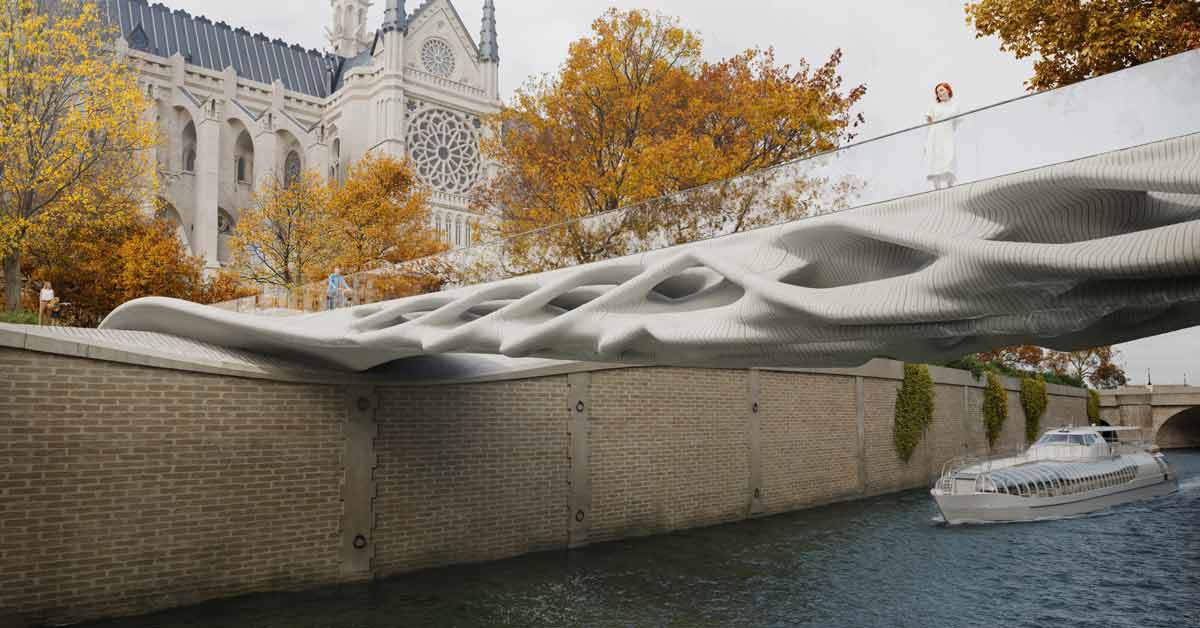With concrete accounting for about 8% of global carbon emissions, architecture and construction industries have been hard at work trying to find a material similarly affordable, versatile, strong, and available to build new structures.
A research team at the University of Pennsylvania may have cracked the case.
While they haven’t entirely eliminated concrete from their work, they’ve designed a bridge called Diamanti that is modularly 3D printed using a concrete mixture containing “diatomaceous earth,” a naturally porous material made from fossilized algae.

Most conventional concrete does absorb some carbon dioxide (about 30% of its emissions over its entire life cycle, according to reporting from CNN), but Diamanti’s concrete mixture absorbs 142% more than traditional concrete mixes.
By switching out some cement for other materials, this can help reduce the normal concrete footprint of carbon. But the design is another key element to making a more sustainable structure.
The first prototype by the researchers — led by Masoud Akbarzadeh, an associate professor of architecture and director of the Polyhedral Structures Laboratory — was a pedestrian bridge.
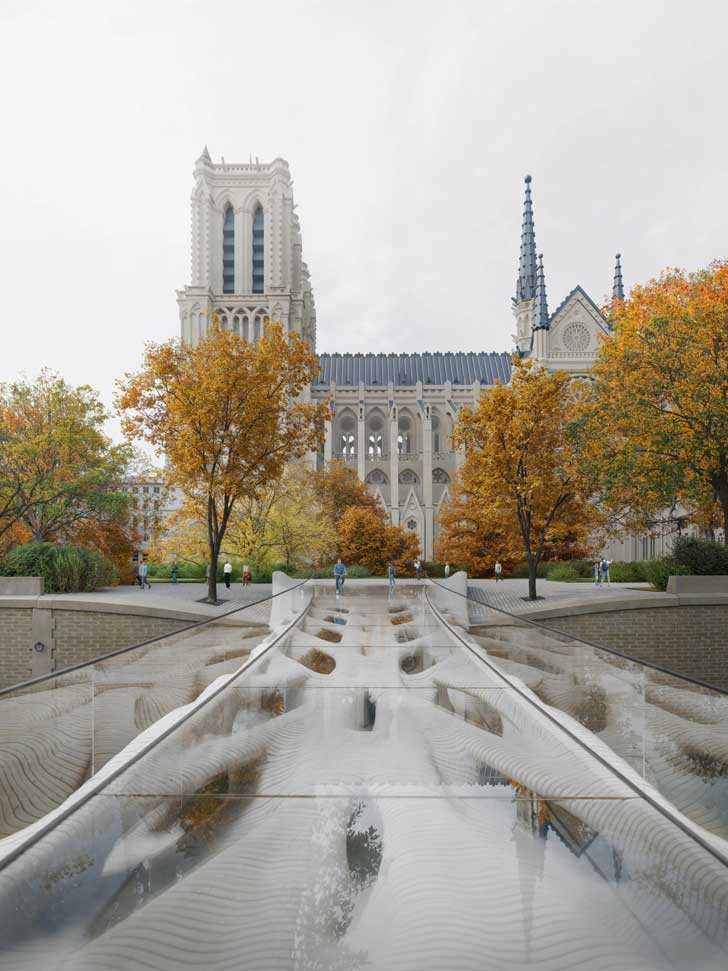
It used 60% less material than a typical bridge while retaining its mechanical strength.
The researchers based their design around porous bones. That’s right; the human skeleton provided the insight for this architectural marvel.

“Through millions of years of evolution, nature has learned that you don’t need material everywhere,” Akbarzadeh explained to CNN. “If you take a cross section of a bone, you realize that bone is quite porous, but there are certain patterns within which the load (or weight) is transferred.”
The designers mimicked the structures in certain bones to increase the surface area of the bridge, which also increased the special 3D printed material mixture’s ability to absorb carbon by an additional 30%.
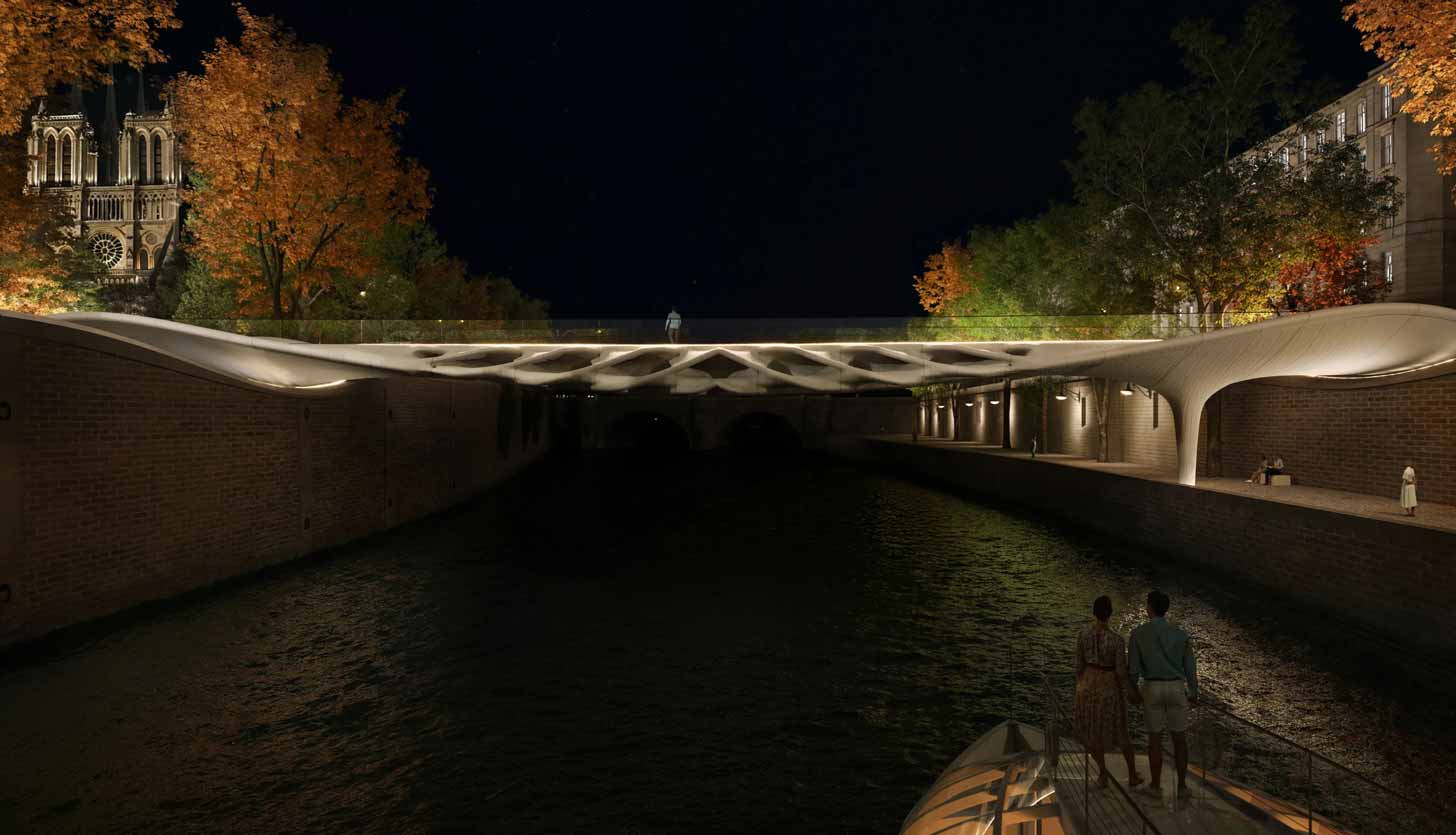
“The surface area, together with this material property, maximizes the reaction with carbon at the microscopic level,” Akbarzadeh said. “That contributes a lot to both [carbon dioxide] reduction and absorption.”
The bridge is 3D printed in blocks using a robotic arm and then connected with a tensile cable. No adhesives or grout are used in the connections, making the bridge entirely demountable and recyclable.

This approach, according to Akbarzadeh, reduces construction time, materials, and energy use by 25% compared to typical construction techniques. The Diamanti’s structural system also reduces the need for steel by 80%.
Akbarzadeh’s team first built a 5-meter-long prototype, and later a 10-meter version, to test for feasibility and load-bearing capacity.
“It exceeded all our expectations,” Akbarzadeh said.
The prototype is currently on display at the European Cultural Center in Venice for the Venice 2025 Architecture Biennial, where the team originally hoped to build the real-life bridge.
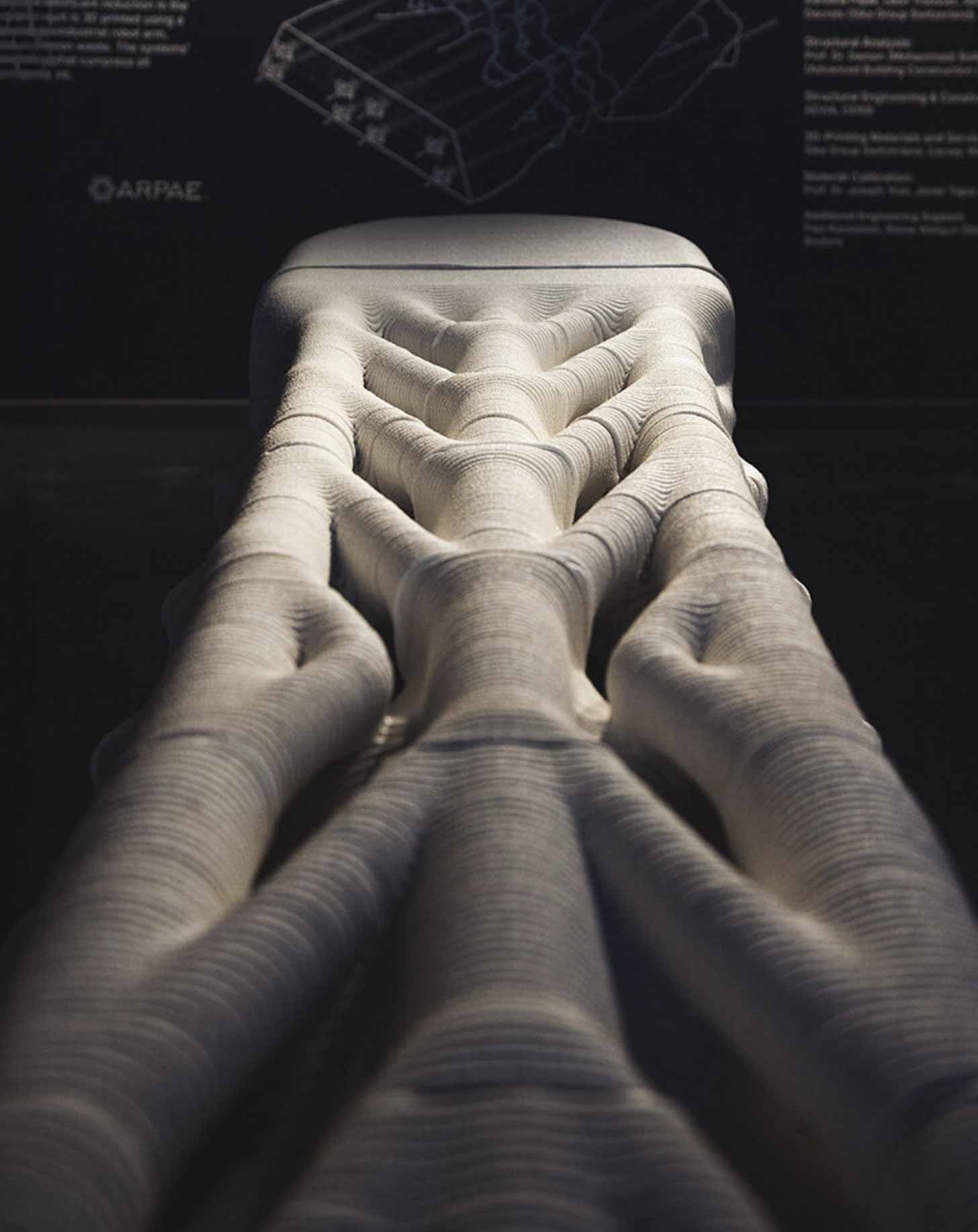
However, the city changed its regulations around new large-scale structures, so the researchers had to go back to the drawing board.
Armed with some digital renderings of the bridge over the River Seine in Paris, France, they have now secured approval to construct the first Diamanti bridge in France, although exact locations are still being determined.
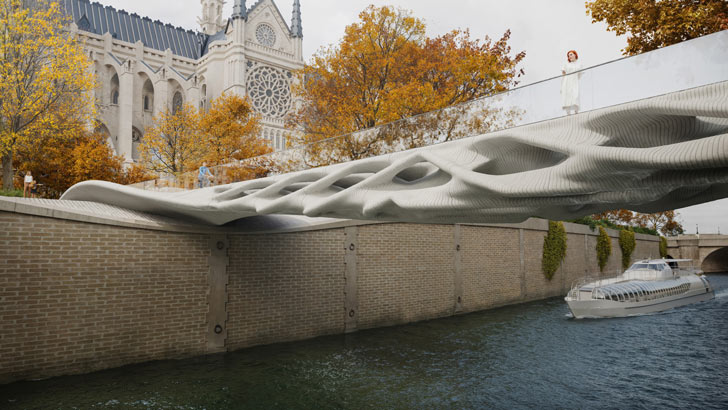
The researchers are excited to use this first location as a case study for real-world applications of their design and materials, and they continue to research concrete alternatives for other types of structures, including flooring systems.
“The moment we stopped thinking about concrete as static and started seeing it as dynamic,” Akbarzadeh told Archinect News, “we opened up a whole new world of possibilities.”
You may also like: World's first 'upcycled skyscraper' could be blueprint for a 'waste-free future.' It's a finalist for the Earthshot Prize
Header image courtesy of Fortes Vision/Massive Form
